In the split-second between recognizing danger and applying the brakes, lives can be saved or lost. That critical moment is where Brake Assist technology makes all the difference.
At John Bean, we’ve spent decades perfecting the equipment that keeps advanced vehicle safety systems working properly. Our expertise in ADAS calibration gives us unique insight into how these life-saving technologies function and why proper maintenance is essential for driver safety.
Understanding Brake Assist
Brake Assist is an active safety technology designed to detect emergency braking situations and enhance braking force when drivers don’t apply sufficient pressure to the brake pedal. When sensors detect a panic stop attempt (typically indicated by how quickly the driver presses the brake pedal), the system automatically increases braking pressure to maximize stopping power.
Studies have shown that many drivers fail to apply enough pressure during emergency situations, either not pressing hard enough or releasing too early. Brake Assist compensates for this common human error, potentially reducing stopping distances by up to 20% in emergency scenarios.
Evolution of Brake Assist
Brake Assist was first introduced by Mercedes-Benz in 1996 after researchers discovered that while drivers often react quickly to emergency situations, many don’t apply sufficient brake pressure. What began as a premium feature has evolved to become standard equipment in most modern vehicles.
Today, this technology is an integral component of Advanced Driver Assistance Systems (ADAS), working alongside technologies like Anti-lock Braking Systems (ABS), Electronic Stability Control (ESC), and increasingly, Automatic Emergency Braking (AEB). As these systems become more sophisticated, proper calibration has become essential for maintaining their effectiveness.
How Does Brake Assist Work?
Understanding the mechanics behind Brake Assist helps illustrate why it’s so effective at enhancing vehicle safety.
Key Components
Brake Assist relies on several critical components:
- Brake pressure sensors: Monitor how quickly and forcefully the brake pedal is pressed
- Electronic Control Unit (ECU): Analyzes sensor data to identify emergency braking
- Brake booster: Amplifies the braking force when the system activates
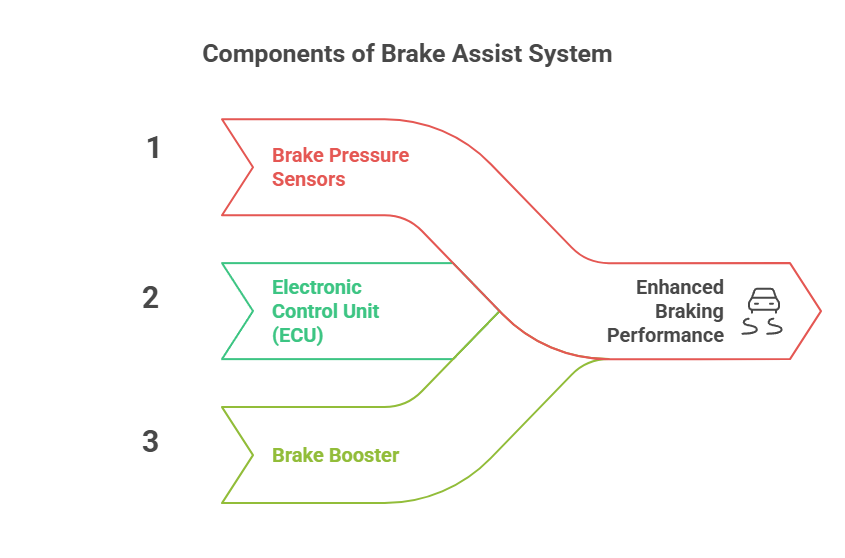
In newer vehicles, additional sensors including radar, cameras, and other ADAS components also feed data to the Brake Assist system, allowing it to anticipate emergency situations before they occur.
Activation Process
When a driver suddenly applies the brakes (typically faster than normal braking), the system recognizes this as a potential emergency. The Brake Assist instantly maximizes braking pressure to achieve optimal stopping power, regardless of how hard the driver is pressing the pedal.
Once the driver releases pressure on the brake pedal, the system automatically disengages, returning control to the driver. This seamless intervention happens so quickly that most drivers never realize the system has activated.
The Importance of Precise Calibration
For Brake Assist systems that utilize ADAS cameras and sensors, proper positioning is critical. Even slight misalignments can compromise the system’s ability to detect emergency situations accurately.
That’s why professional calibration after windshield replacement, collision repair, or suspension work is essential for maintaining the system’s effectiveness. Proper calibration ensures these vital safety systems perform exactly as designed when drivers need them most.
Types of Brake Assist Systems
Not all Brake Assist systems are created equal. Understanding the differences helps technicians provide better service and drivers make more informed vehicle choices.
Mechanical vs. Electronic Brake Assist
Mechanical Brake Assist uses a pre-set threshold to determine emergency braking. When the brake pedal is pressed with enough force to exceed this threshold, the system activates. While effective, these systems can’t adapt to individual driving styles.
Electronic Brake Assist is more sophisticated, using the ECU to analyze braking patterns and adapt to each driver’s behavior. This allows for more precise activation that accounts for individual driving styles and changing road conditions.
Brake Assist vs. Automatic Emergency Braking
While related, these technologies have important differences:
Brake Assist requires driver input – it only enhances braking force after the driver initiates braking.
Automatic Emergency Braking (AEB) can operate independently, using radar and cameras to detect potential collisions and applying the brakes automatically if the driver fails to respond. Many modern vehicles feature both systems working together for maximum protection.
How Brake Assist Integrates with Other Braking and ADAS Systems
Modern vehicle safety depends on multiple systems working together seamlessly.
Integration with Other Braking Technologies
Brake Assist works in concert with several other braking technologies:
- Anti-Lock Braking System (ABS): Prevents wheels from locking during hard braking
- Electronic Stability Control (ESC): Maintains directional control during emergency maneuvers
- Traction Control: Prevents wheel spin during acceleration
Together, these systems form a comprehensive safety network that prevents skidding, maintains vehicle control, and minimizes stopping distance in emergency situations.
The Role of ADAS Sensors
Advanced Brake Assist systems increasingly rely on the same sensors used by other ADAS features:
- Forward-sensing radar detects obstacles and vehicles ahead
- Cameras identify pedestrians, cyclists, and lane markings
- LiDAR provides precise distance measurements
Other components like steering angle sensors help the system understand the vehicle’s directional movement, enabling smarter brake force distribution. These integrated systems don’t just enhance braking – they also provide warnings to help drivers react faster in potential collision scenarios.
Tru-Point: The Solution for Perfect ADAS Calibration
Maintaining these complex systems requires precision equipment. John Bean’s Tru-Point ADAS calibration system delivers unmatched accuracy with minimal setup time. Our advanced software enables perfect target placement with minimal training required, while providing documented proof of proper calibration.
Tru-Point checks vehicle alignment in under a minute, saving valuable time on ADAS calibrations. It places targets with pinpoint precision without requiring lasers, tape measures, or even a level floor. The system works with any ADAS scan tool and offers a Manual Mode for newer vehicles not yet in the database.
Perhaps most importantly, Tru-Point provides easy-to-read compliance reports that offer customers peace of mind and protect shops from liability.
Benefits of Brake Assist
The advantages of Brake Assist extend beyond basic safety improvements.
Improved Braking Efficiency and Response
Brake Assist significantly enhances vehicle safety by:
- Reducing stopping distances by up to 20% in emergency situations
- Compensating for driver hesitation or insufficient pedal pressure
- Maintaining full control during panic stops
These improvements can mean the difference between a near-miss and a serious collision.
Enhanced Vehicle Safety
Studies have shown that Brake Assist can significantly reduce:
- Rear-end collisions
- Pedestrian accidents
- Merging collisions
When combined with other ADAS features like Forward Collision Warning and Automatic Emergency Braking, these systems create multiple layers of protection that dramatically improve highway safety.
Regulations and Manufacturer Differences in Brake Assist Systems
As Brake Assist technology has proven its value, regulators worldwide have taken notice.
Regulatory Landscape
The United States and Europe have different approaches to Brake Assist regulation:
- In Europe, Brake Assist has been mandatory for all new passenger vehicles since 2011
- In the U.S., while not specifically mandated, most manufacturers include it as standard equipment
- AEB is becoming mandatory in new vehicles in both regions
These regulations have accelerated adoption and driven continuous improvement in the technology.
Manufacturer Variations
Different automakers brand and implement Brake Assist differently:
- Toyota’s Pre-Collision System integrates Brake Assist with collision warnings
- Honda’s Collision Mitigation Braking System combines Brake Assist with automatic braking
- Many luxury brands offer enhanced versions that use radar and cameras for earlier intervention
Despite different names and implementations, all these systems share the core function of enhancing driver-applied braking force in emergency situations.
Conclusion
Brake Assist technology represents one of the most significant safety advancements in modern vehicles. By compensating for common human limitations during emergency braking, these systems save lives and prevent injuries every day.
As vehicles become increasingly sophisticated, proper maintenance and calibration of these systems becomes even more critical. Professional service providers need the right equipment and training to ensure these vital safety systems function correctly.
Want to learn more about ADAS calibration? Explore John Bean’s comprehensive guide to ADAS calibration or discover our industry-leading ADAS calibration systems designed to help service providers maintain these critical safety technologies with confidence and precision.

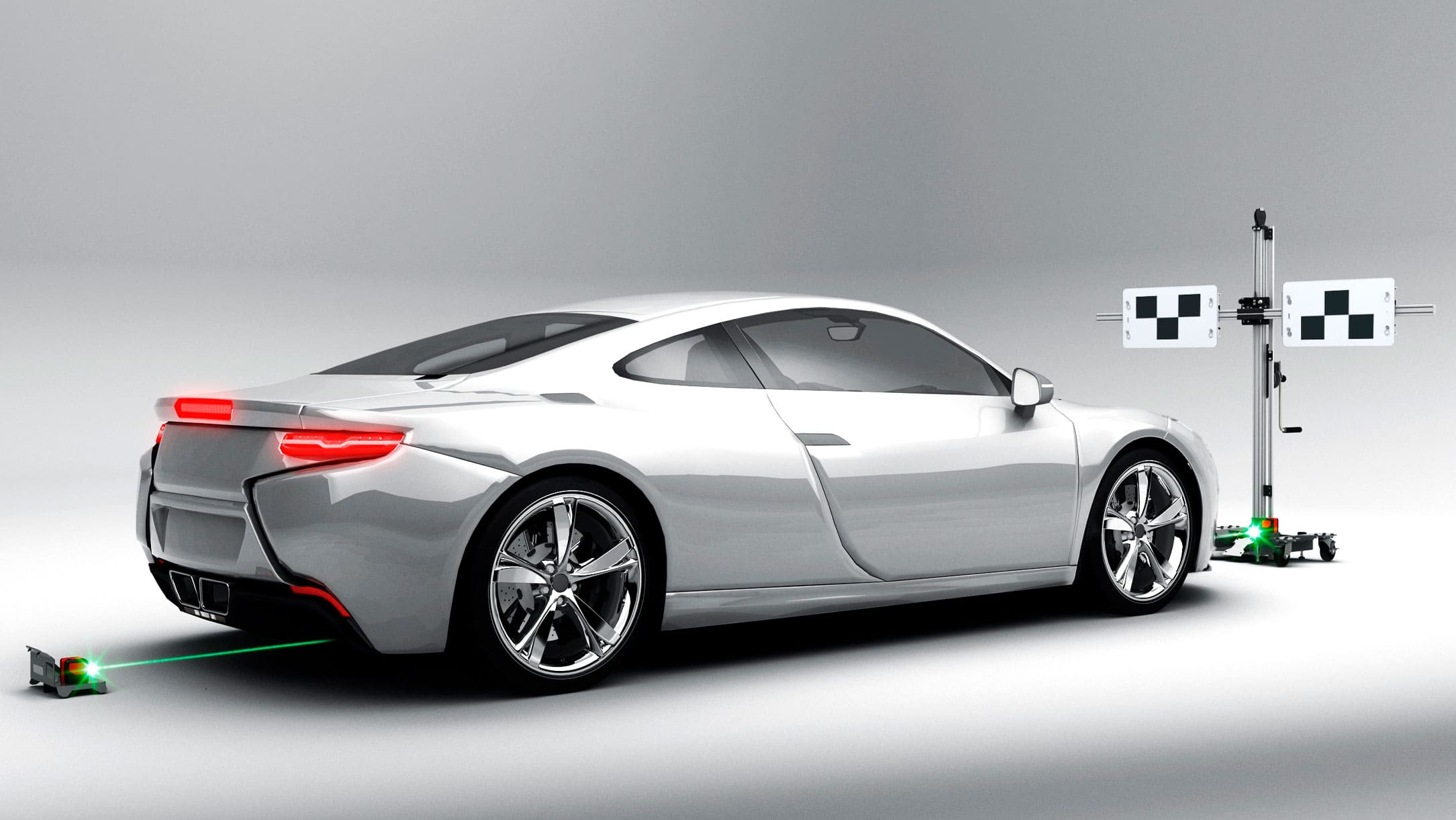
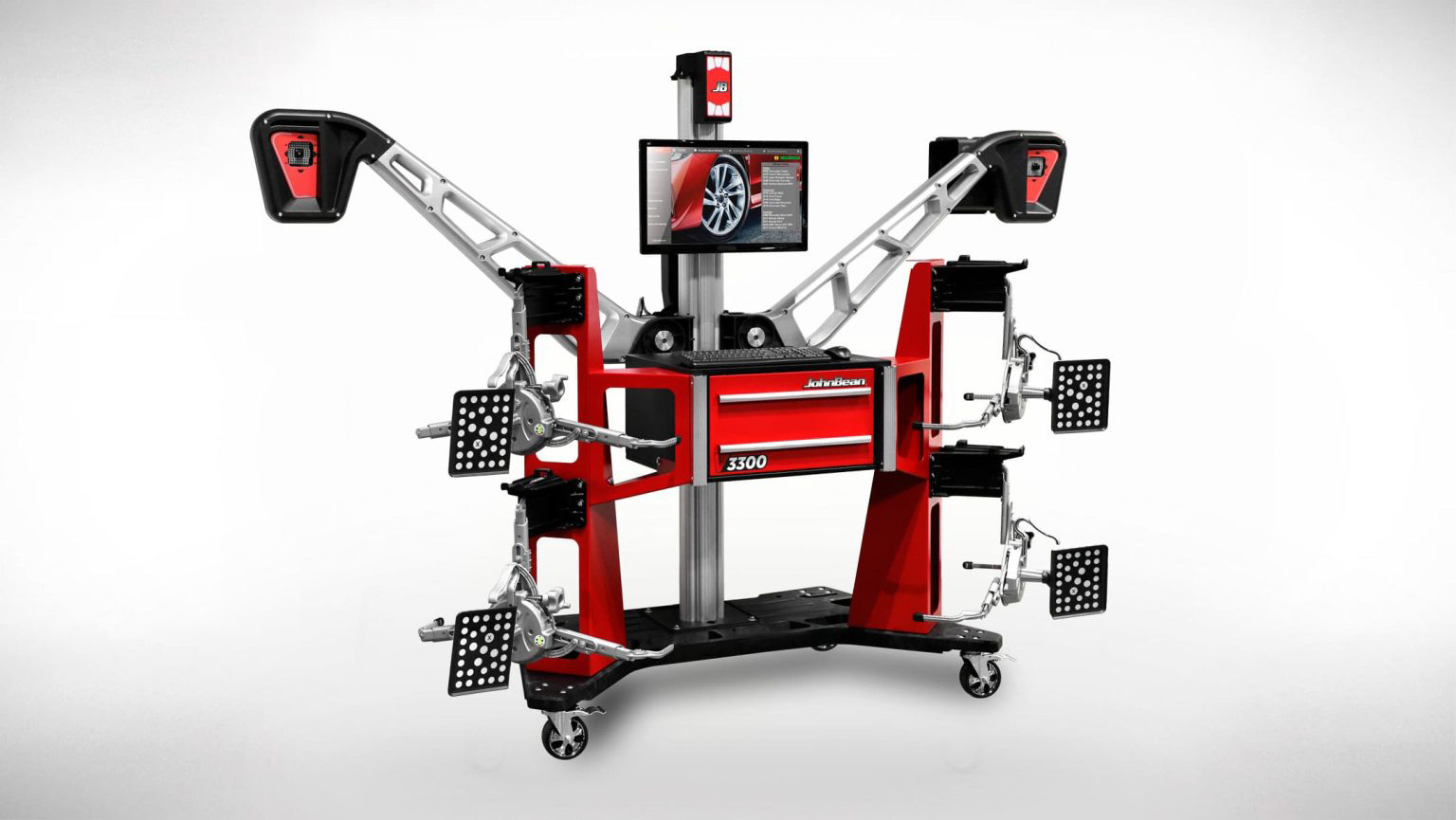 How to Choose the Best Wheel Alignment Machine for Your Shop
How to Choose the Best Wheel Alignment Machine for Your Shop  Balancing the Details: The Role of Proper Tooling and Precise Mounting
Balancing the Details: The Role of Proper Tooling and Precise Mounting  Windshield Camera Calibration: Everything You Need to Know
Windshield Camera Calibration: Everything You Need to Know  8 Critical Factors to Consider Before Choosing Your ADAS Calibration Equipment
8 Critical Factors to Consider Before Choosing Your ADAS Calibration Equipment 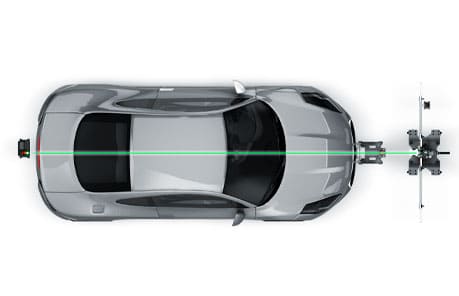 The Ultimate Guide to OEM Certification
The Ultimate Guide to OEM Certification 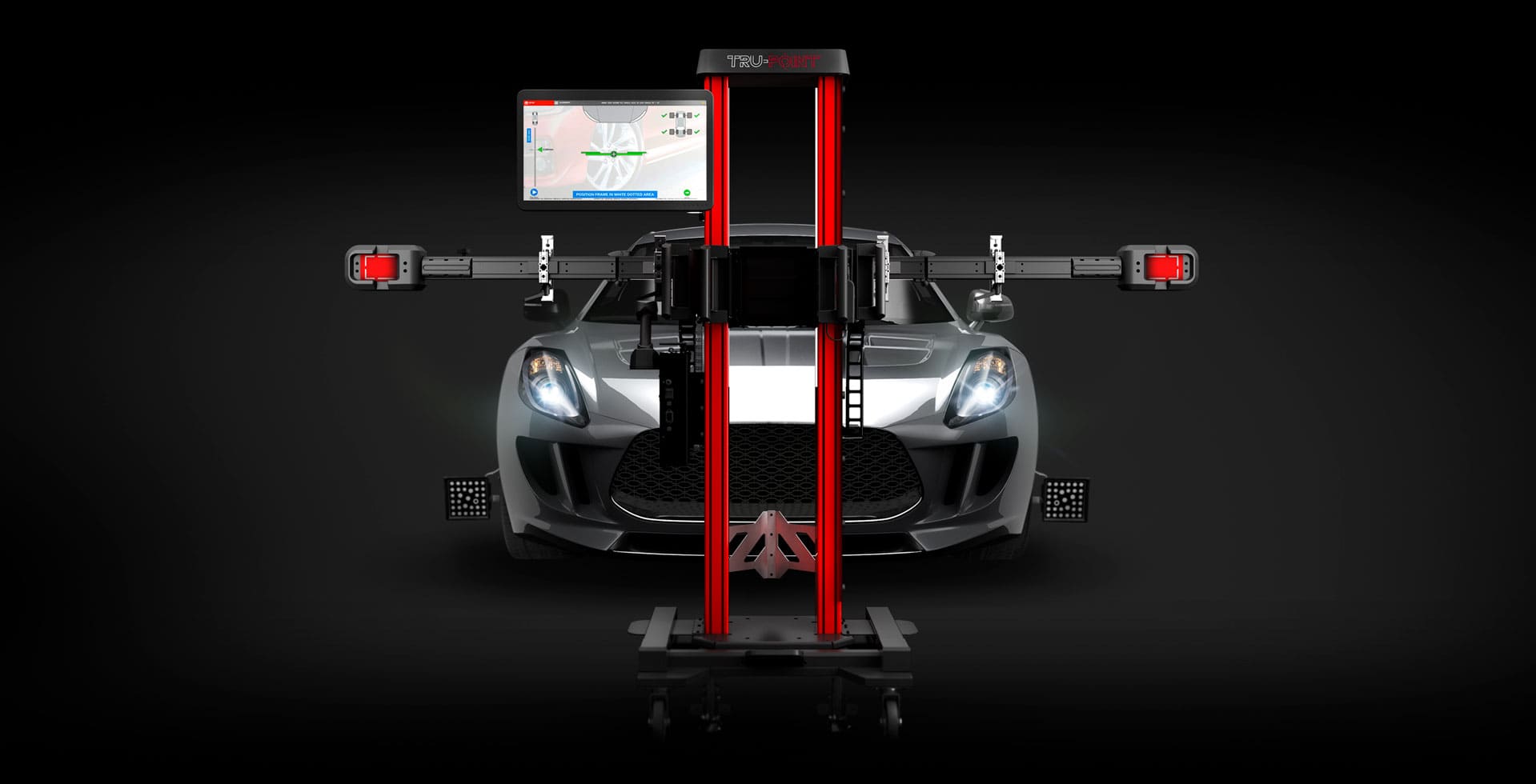 The Complete Guide to Steering Angle Sensors
The Complete Guide to Steering Angle Sensors 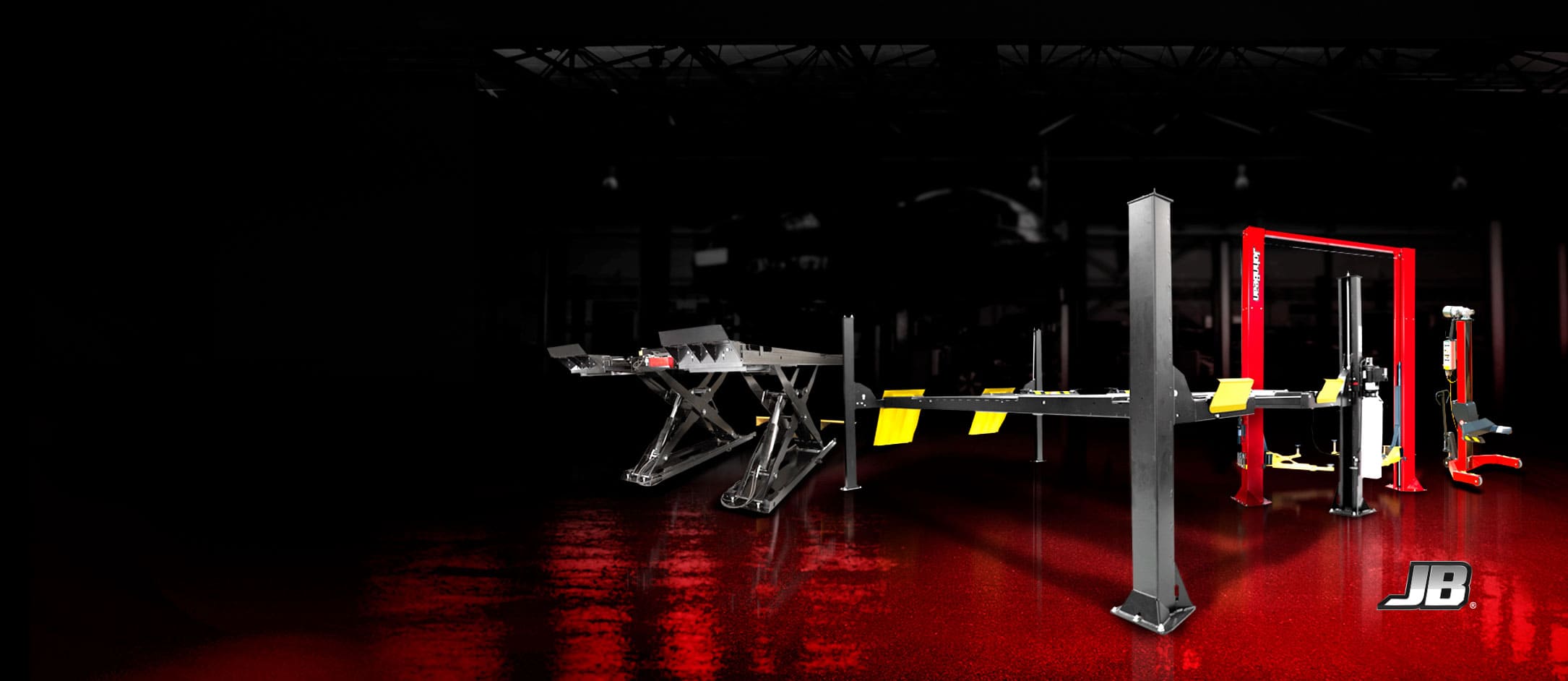 Symmetric vs Asymmetric Lift: Which is Best for Your Repair Shop?
Symmetric vs Asymmetric Lift: Which is Best for Your Repair Shop?  Wheel Alignment: Everything You Need To Know
Wheel Alignment: Everything You Need To Know  The Complete Guide to ADAS Calibration
The Complete Guide to ADAS Calibration